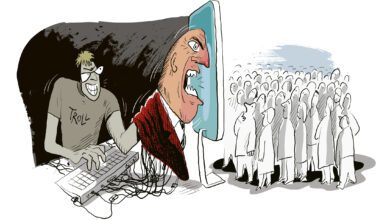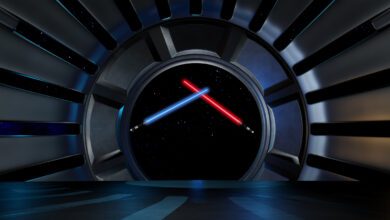
A recent report prepared for Congress by the Congressional Research Service (CRS) highlights the so-called “Energy-Water Nexus” with a focus on energy consumption by the public facilities that treat and deliver water to end users and also dispose of and discharge wastewater.
According to the CRS, “water and energy are resources that are reciprocally and mutually linked, because meeting energy needs requires water, often in large quantities, for mining, fuel production, hydropower, and power plant cooling, and energy is needed for pumping, treatment, and distribution of water and for collection, treatment, and discharge of wastewater.”
Despite data gaps in this area, CRS projects that at least 4 percent of the nation’s electrical generation is consumed by water-processing related functions, with significant regional variations such as California, where “as much as 19% of the state’s electricity consumption is for pumping, treating, collecting and discharging water and wastewater.” Variation in electrical usage for water is driven by a variety of factors, including topography (affecting groundwater recharge), climate, seasonal temperature and average rainfall.
CRS also found that energy consumption by public drinking water and wastewater utilities, which are primarily owned and operated by local governments, can represent 30%-40% of a municipality’s energy bill, and constitutes the second highest operating expense after labor costs. Primary users of electricity include the pumps in drinking water plants and the processes for aeration, pumping and solids processing at wastewater treatment plants.
Looking to the future, demand for electricity at drinking water and wastewater utility plans is expected to grow approximately 20 percent by 2030, but could be significantly moderated by investments in energy conservation and efficiency technologies. CRS cites a joint report by the Water Research Foundation and the Electric Power Research Institute, which concluded that “potential energy savings by drinking water and wastewater utilities could be 8% of 2010 usage by 2030.”
Improvements would come by optimizing system processes through use of SCADA systems, upgrading and right-sizing equipment for maximum efficiency, and by improving energy management. Right-sizing to more efficiently meet current demand cuts against standard utility practices of building plant capacity to accommodate projections of future peak load. Other obstacles include the cost, risk-averse utility management cultures, and the difficulty of securing support of the rate-payers for new infrastructure investments.
The CRS report concludes by highlighting areas where more R&D would be beneficial, including:
- Systematic collection and analysis of energy data from public water utilities
- Integrated research on water and energy operations
- Advanced technologies to save energy and water
- Better understanding of the linkages between energy, water, land, and agriculture and risks of climate change and extreme weather events on water availability and energy supply.
- Policies and approaches needed to encourage the water and energy sectors to move toward integrated resource management.
- Analysis on incentives, disincentives, and lack of incentives to investing in cost-effective energy or water efficiency measures.
- Regulatory barriers to co-implementation of efficiency programs in the water and energy sectors.
- Technologies and methods to reduce end-use water demand to promote conversation of water and energy
CRS also recommended more education and outreach to all types of water users, the general public, and public officials on the water-energy nexus and opportunities for improving the electrical efficiency of utility water systems.
For more information, see “Energy-Water Nexus: The Water Sector’s Energy Use,” by Claudia Copeland Specialist in Resources and Environmental Policy, and Nicole T. Carter, Acting Section Research Manager, 24 January 2017 (CRS 7-5700, R43200). CRS reports are prepared for Members and Committees of Congress. Copies can be obtained from your congressional representative or downloaded from the IEEE-USA website at: https://www.ieeeusa.org/policy/reports/CRSr43200.pdf.






